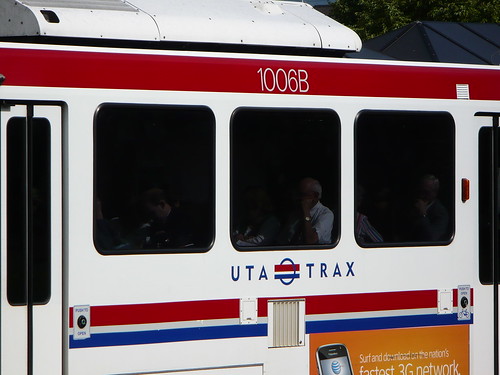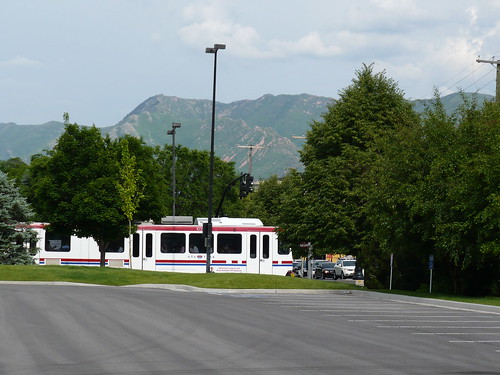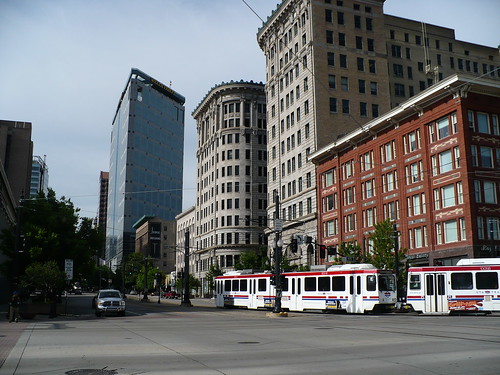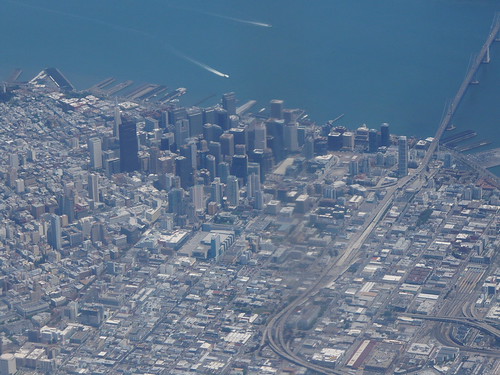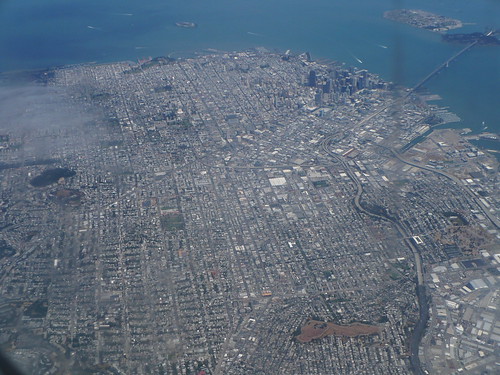That's the loud phrase I used to hear from one of my college track coaches,
Bubba Thornton, during races urging me and my teammates to move faster. A similar call was made by UTA's (That's Utah Transit Authority, Not Univ of Texas at Arlington)
John Inglish when he spoke before the Banking Committee Friday. This time however, it was a call to speed up the New Starts program.
Inglish and UTA however somewhat gamed the system when they got the federal government to pay 80% of the Mid Jordan Line and a piece of the Draper Line if UTA constructed three lines by themselves. This meant that the other three lines didn't have to wait a huge amount of time while costs escalated and people complained. Here's the wording of the MOU from the
FTA:
In August 2007, FTA and UTA executed a Memorandum of Understanding to set forth their mutual expectations for Federal financial participation in two of five projects that comprise UTA’s “Transit 2015 Program.” UTA was seeking a combined $570 million in Section 5309 New Starts funding for the Mid-Jordan and Draper LRT extensions. In return, UTA made a commitment to build, by 2015, the West Valley City and Airport LRT extensions, as well as the South Front Runner (commuter rail) extension without Federal financial assistance. The current total capital cost estimate for the five projects in the Transit 2015 Program is $2.85 billion.
That's a pretty good deal. And UTA is having a better time than their counterparts in Denver who decided to wait to buy up existing rail lines. I'm not a huge fan of using existing rail lines unless they go exactly where you want to go, but UTA bought up
175 miles worth for $185 million dollars back in 2002. With the Fastracks plan, the railroads can pretty much get away with murder and seem to be trying.
But all of this points to the need for the FTA and DOT to start thinking strategically about regions that don't want to build systems line by line. Fixing the new starts program such as Congressman Oberstar wants to
is great (PDF 42), but it still isn't a holistic look at how to provide support for regions that are going for more than one line at a time. I'm sure there are some other programs that allow regions to program funding, but I'd like to see the feds take a look at directly enabling this type of expansion. Obviously there are a lot of regions with a lot of expansion needs, and if they are going to succeed and not waste any money, they need to speed it up.

